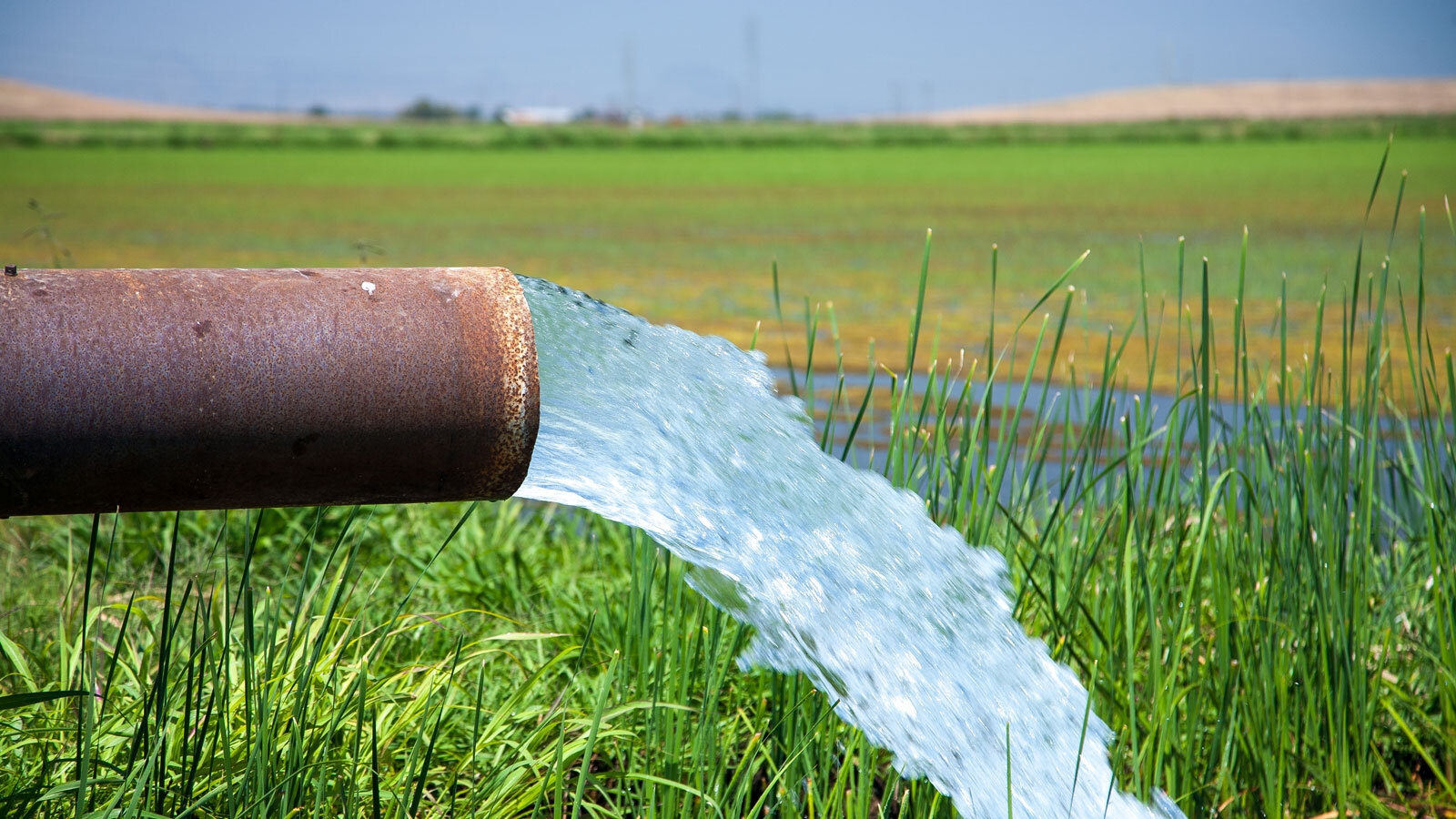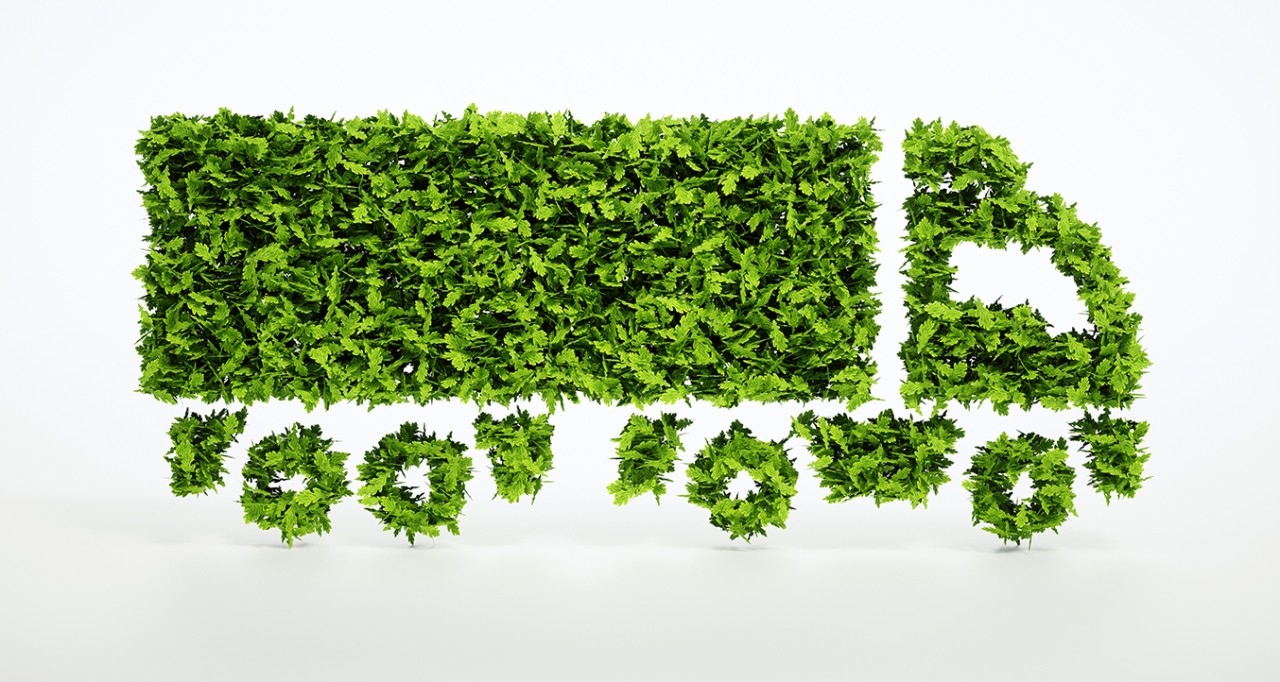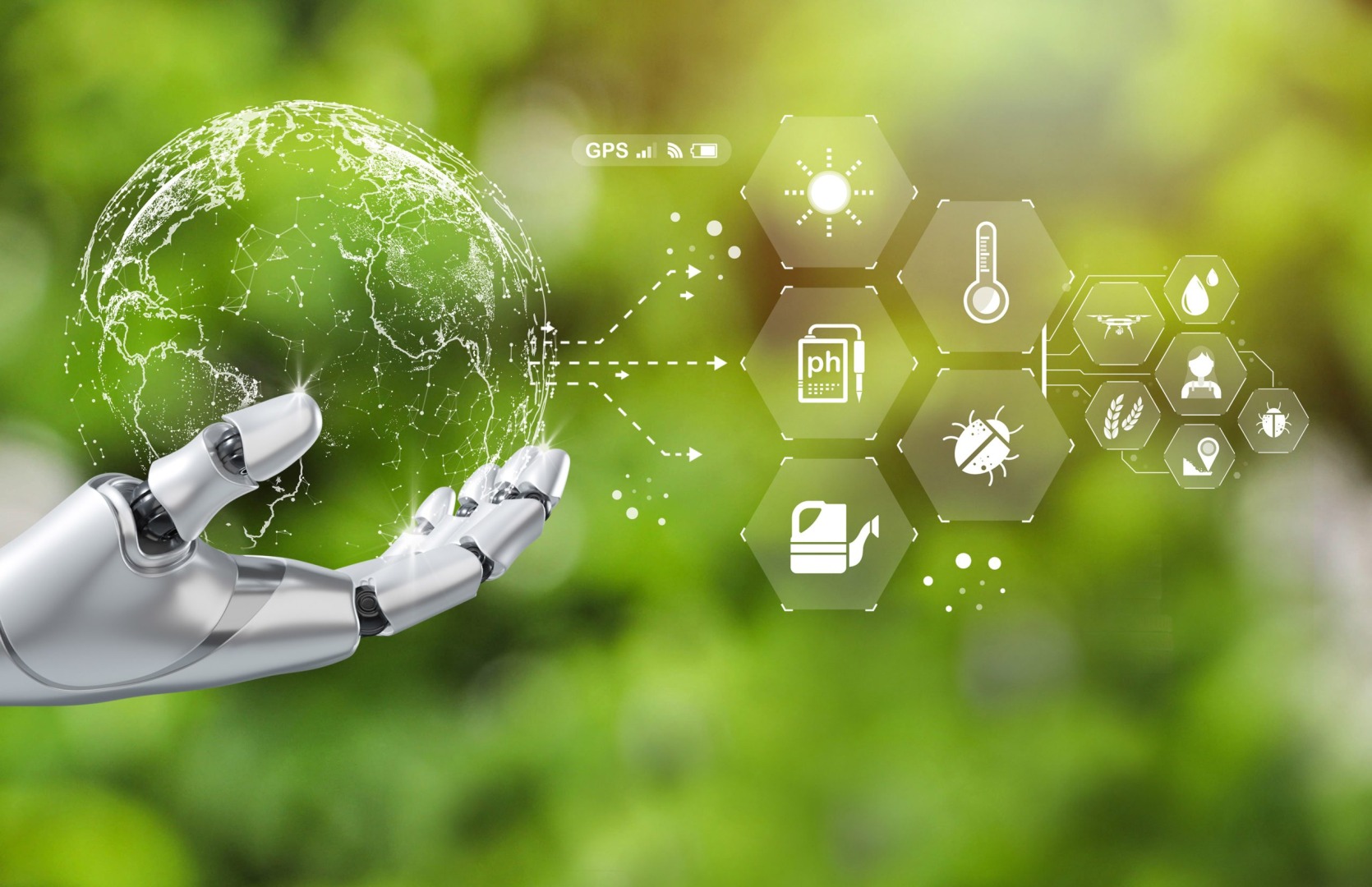
The Ripple Effect: How Groundwater Recharge Impacts Our Water Supply
Groundwater recharge is the process of water infiltrating the ground from precipitation, surface water, or irrigation, replenishing underground aquifers.
This natural process is crucial for sustaining our water supply and ensuring the availability of groundwater resources for various human activities and ecosystems.
Those interested in science and related industries have a massive responsibility to restore and clean reservoirs. Groundwater recharge is a leading strategy in helping water conservation efforts and increasing access. It’s an exhilarating time to participate in this sector because novel technologies may allow water supplies to be healthier and fuller than ever before. How can experts stop having a half-empty mentality and rehydrate the planet?
Why Are Reservoirs Important and What Is Groundwater Recharge?
Under the world’s sands and soil is humanity’s source of freshwater. Agriculture relies on it to irrigate its crops and water treatment plants need it to disperse utilities to constituents. These are only a few applications. Aquifers impact the water supply by catalyzing industry and serving as the world’s most potent water collection service. They also radiate energy, which transforms into geothermal power — one of the most viable options for renewable energy.
Population growth, urbanization and digital transformation have put immense pressure on these reserves. Everything needs more water to produce and operate. Now, humans are consuming faster than reservoirs replenish themselves.
People see this in regions like barrier islands, where coastal dunes and forests are flattened and covered by rising sea levels. Saltwater contaminates precious water tables and underground aquifers, leaving these areas more vulnerable to natural disasters.
This is where groundwater recharge comes in. Natural processes and human-engineered tactics can put water back into these zones. These techniques may amplify water access more than ever achieved organically. The strategy must refill and rejuvenate areas to be the ecosystems they used to be because most of these reserves are depleting at an unprecedented rate.
How Can Humans Execute Groundwater Recharge?

Nature can restore groundwater or humans can pump it back into aquifers. How do each of these methods work, and how effective are they?
Natural Methods
The water cycle typically takes care of recharging groundwater. Every time it rains or snow melts are prime opportunities. The water drips into the reservoirs, which is also called deep percolation. Well-placed wetlands, lakes and rivers sometimes funnel into these areas to help, but they aren’t as significant of a contributor.
Another process that might occur is depression-focused recharge. All land has a field capacity, which is the amount of water it keeps after initial drainage. If the soil lets go of this additional water, it might permeate to add recharge potential.
Artificial Methods
Many believe artificial methods would force humans to build potentially environmentally destructive infrastructure, such as dams. However, this isn’t necessary and may not even be as effective as proclaimed.
Less invasive procedures are available that don’t compromise aquatic species or land sanctity to that degree. Plus, human-made technologies could have built-in filtration and purification systems to remove common pathogens, making groundwater even more nutritious.
Humans can lend a helping hand if nature isn’t helping out as much as it could. The first method is surface spread, or manipulating the depression-focused recharge strategy by moving water to enable percolation. Geoengineers can manufacture low-lying areas to make this more likely. Another technique is building structures to divert lake or pond water. They also manually refill aquifers with injection wells.
How Did Humans Compromise Groundwater Stores?

Around 1.1 billion people experience water scarcity, increasing by 2025 if groundwater recharge doesn’t happen soon. However, the technique won’t be effective if humanity doesn’t clean up its behaviours. What caused aquifers to get in such bad shape?
Global Warming and Climate Change
Anthropogenic climate change is a monumental contributing factor because more robust natural disasters find their way into polluting, contaminating and destroying water reserves. Extreme temperatures cause the flora and fauna that support these ecosystems to leave or struggle. Intense winds and storms cause erosion and flooding, leading to higher clean water demand that nature already disrupted.
Urbanization and Industry
Industrial pollutants and construction waste are only a few reasons why water is getting more polluted by the year. Novel contaminants invade, while pervasive ones, like PFAS and microplastics, become more concentrated and are difficult to remove.
Lack of Protections
Environmental destruction and increased pollution only happen because of regulatory failure. The Clean Water Act is not known for its comprehensiveness, and industrial waste needs more oversight on testing water supplies. However, state and local regulators recommend testing and well inspections every one to three years. Creating more substantial and holistic systems will make groundwater recharge efforts valuable.
What Happens After Groundwater Recharge?
Corporations have exploited groundwater stores to maximize profits and expedite unnecessary urban sprawl and industrialization. Though these efforts lead to some benefits for job creation and technological innovation, it is impossible to keep going at this pace if people want to keep water within arm’s reach.
Helping natural processes with groundwater recharge is a prime chance to realize this, instigating a societywide mindset shift. Over time, less energy and labour will go into pumping water, increasing the recharge’s value and eco-friendliness as the project progresses. Consider how existing wells will fill back up, saving residents time and work from seeking other avenues.
Normalizing groundwater recharge and driving nature in the right direction when it cannot function normally will bolster the economic and environmental resilience of communities most affected by water scarcity. It improves public health while ensuring occupations like fishing and agriculture are less affected by unexpected disasters. More water is available for irrigation and fish populations stay better protected, solidifying economic foundations for communities reliant upon these industries.
It also fosters vegetation growth, which helps farmers improve crop yields while providing natural shields against weather events that could pollute or destroy water stores. Wetlands become stronger, especially in areas like barrier islands close to large bodies of salinated water. The plants prevent infiltration, leaving more freshwater to go around.
Viewing the Groundwater Situation Half-Full
The planet has some control over how humans access water. Entirely relying on nature is presently insufficient. Groundwater recharge must balance natural and artificial influences until the planet reacclimates to how it used to operate before the climate crisis. Efforts will increase water access, especially in areas affected most by scarcity and natural disasters. Eventually, the world will have clean and widespread water equality.
Trending
-
1 How IoT is Revolutionizing Sustainability: A Brighter Future Beckons
Susanna Koelblin -
2 How The Water Treatment And Desalination Will Change The Environment For The Better
Daniel Hall -
3 How Intermediate Bulk Containers Enhance Environmental Sustainability
Daniel Hall -
4 Hybrid Cars and Their Key Benefits
Susanna Koelblin -
5 UK Faces Wettest July in Recent Memory
Daniel Hall





Comments